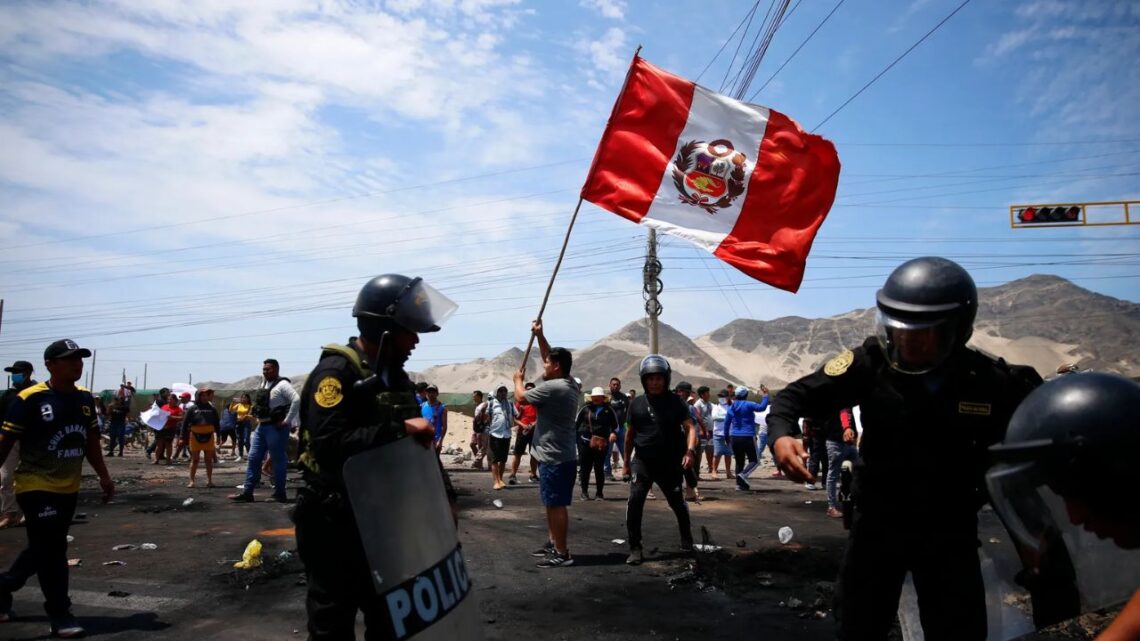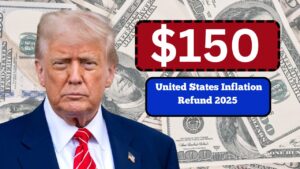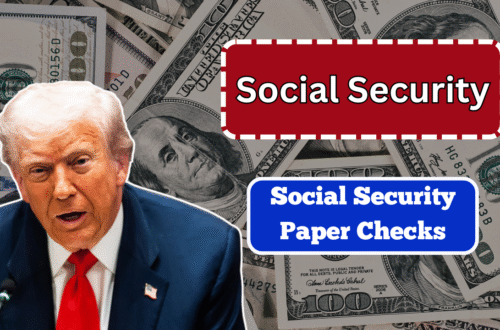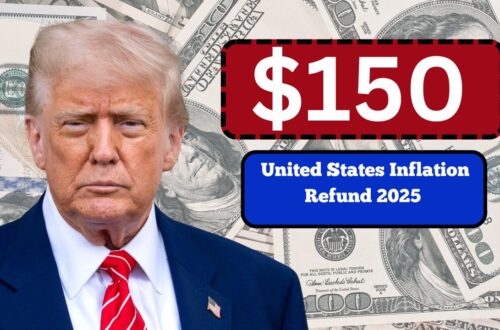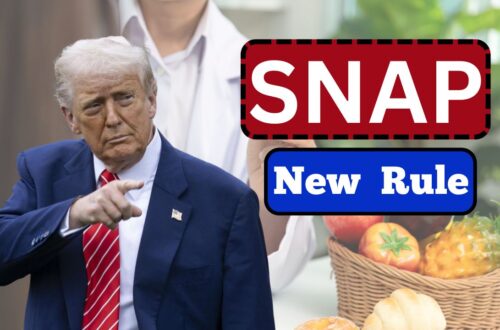Bolivia’s economic collapse—marked by a severe dollar shortage, fuel crisis, and rising food prices—has forced thousands of citizens, especially near Desaguadero, to smuggle goods into Peru.
With the October 19, 2025 elections approaching, cross-border trade has become a lifeline for struggling families.
Subsidized diesel, gasoline, and LPG in Bolivia are sold at much lower prices than in Peru. When traders carry small quantities across the border, they can make quick profits.
The same happens with quinoa, maize, and flour, which are cheaper in Bolivia but fetch higher prices on the Peruvian side.
Why Smuggling Makes Sense
Bolivia’s government maintains heavy fuel subsidies, but limited foreign currency reserves have slowed imports. Long queues, rationing, and black-market fuel prices have followed.
For many, smuggling is the only way to earn money or find supplies.
In Desaguadero, small traders known as “mulas” move goods through side roads and boats across Lake Titicaca. Locals also exchange U.S. dollars—scarce in Bolivia—to buy or resell goods.
The informal market now sustains both economies on the border.
Government Struggles to Contain It
Authorities have militarized major crossings and increased inspections. Around 1,400 border troops have been deployed to stop the outflow of 17 essential products, including food and fuel.
Yet, enforcement rarely works. Traders use alternate routes or bribes to keep business running.
Officials estimate Bolivia loses hundreds of millions of U.S. dollars annually to reverse fuel smuggling toward Peru, Chile, and Argentina.
Despite tighter controls, smuggling networks remain flexible and adaptive, fueled by sheer necessity.
Wider Consequences
Beyond food and fuel, smuggling routes are increasingly used for illegal mining supplies, gold, and mercury—creating new environmental and security risks.
Peru recently tightened laws to curb these flows, with support from the Andean Community.
Key Facts
| Item | Mechanism & Drivers | Primary Routes / Hotspots | Reported Impacts & Scale | Recent Trends in 2025 |
|---|---|---|---|---|
| Fuel (diesel, gasoline) | Subsidies create big price gaps | Desaguadero, Altiplano backroads | Hundreds of millions in leakage annually | Imports insufficient, 70 % drop in shipments |
| LPG / cooking gas | Household demand + scarcity | Border towns, footbridges | Profitable micro-shipments | Persistent flows despite enforcement |
| Staples (flour, maize, quinoa) | Price differentials + shortages | Footbridges, small boats, rural paths | Margins for traders in border markets | Continuous cross-border flows |
| U.S. dollars / currency trade | Dollar shortage inside Bolivia | Currency zones at border crossings | Enables import activity | Elevated cross-border currency exchange |
| Government countermeasures | Troop deployment, inspections | Borders with Peru, Chile, Brazil, Argentina | Interdictions, seizures | Strengthened militarization |
| Illicit goods & environment | Smuggling networks repurposed | Smuggling corridors, mining zones | Mercury, gold, narcotics flows | Peru seizes 4-ton mercury shipment |
| Regional governance | Trade bloc pressure | Andean Community jurisdictions | Threat of sanctions | Peru ordered to act on mercury and mining |
Outlook- Can Elections and Reform Rein In Smuggling?
As Bolivia approaches its 2025 presidential runoff, border dynamics have become politically loaded. Candidates promise sharper crackdowns—but voters in border regions see smuggling as a survival lifeline.
Without addressing the underlying distress—currency scarcity, import constraints, subsidy distortions—even a stronger enforcement push will repeatedly lose ground.
A viable path forward would combine:
- Stabilizing access to foreign currency and fuel imports, so domestic suppliers can meet demand.
- Designing legal micro-trade corridors—licensing or simplified cross-border permits for small traders to move regulated amounts.
- Harmonizing tariffs and border pricing, reducing arbitrage gaps.
- Strengthening environmental and criminal oversight, to prevent misuse of smuggling routes for mercury, gold, and illicit goods.
- Regional coordination, especially via the Andean Community, ensuring Peru, Bolivia, and neighbors enforce consistent rules on border trade.
Bolivians are turning to smuggling into Peru to survive an economic meltdown that subsidies and enforcement cannot fix.
Unless the next government restores currency stability, fuel supply, and legal trade, this border-driven survival economy will only deepen.

